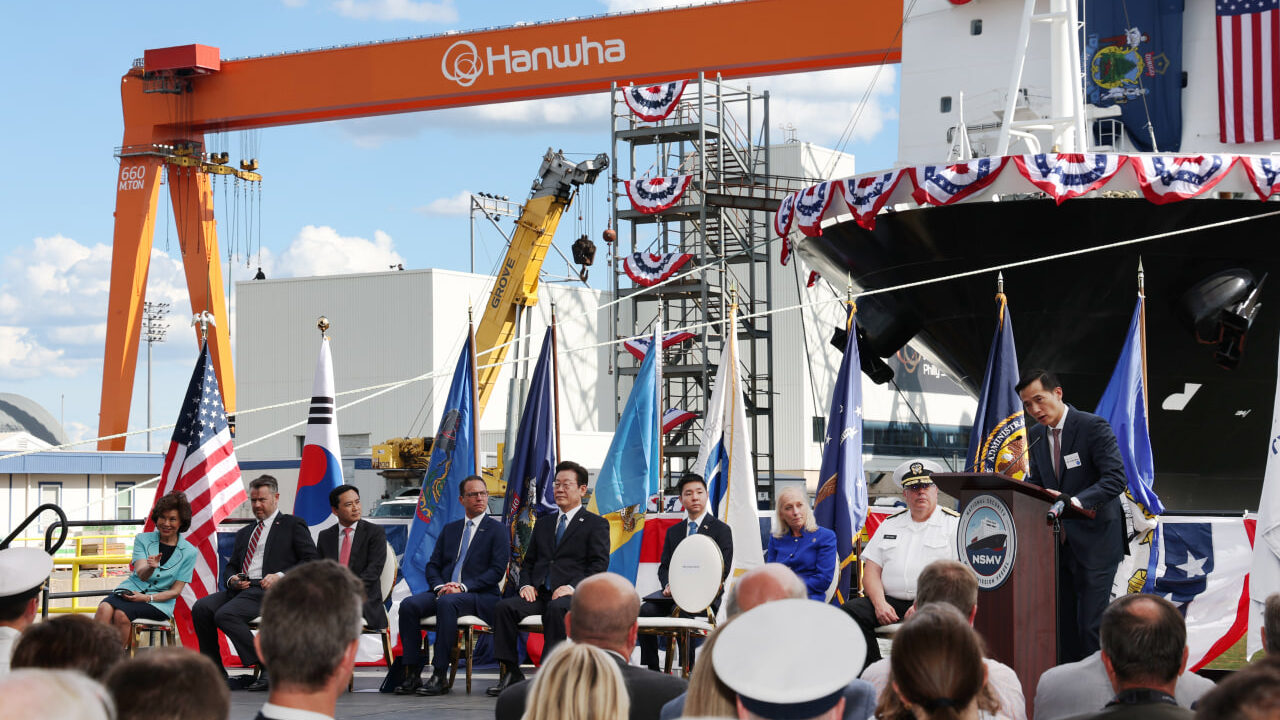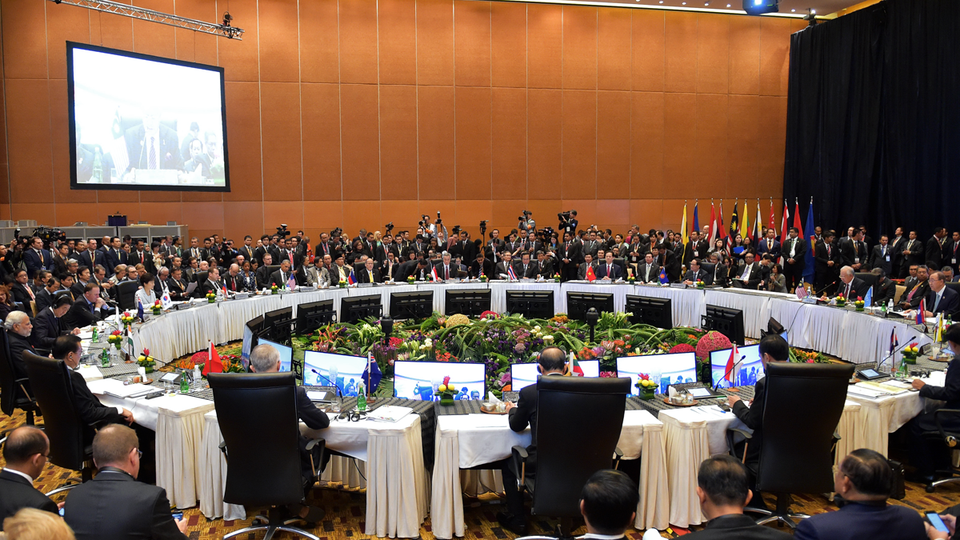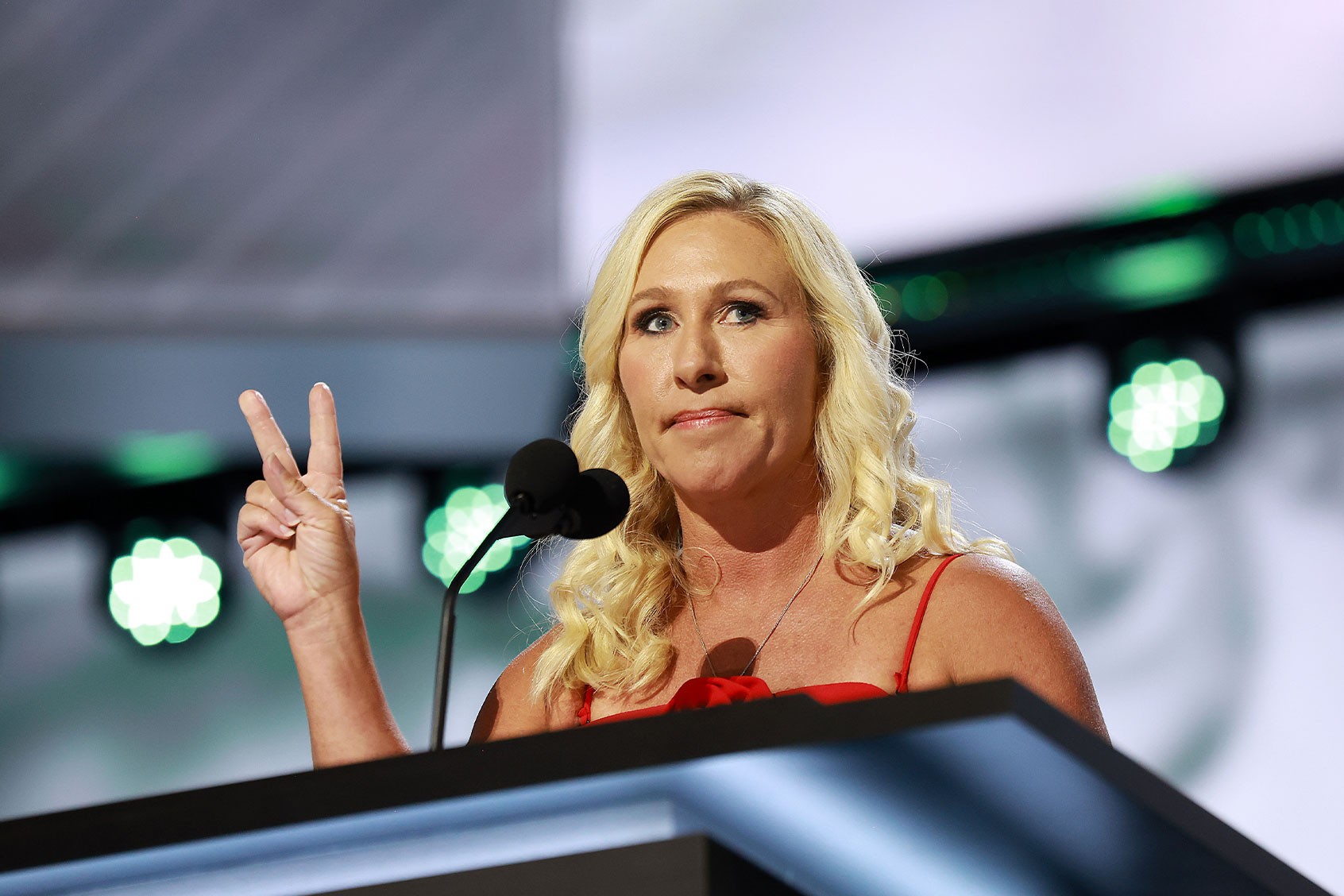President Donald Trump announced on social media that the United States will share sensitive nuclear submarine propulsion technology with South Korea. This decision marks a significant diplomatic shift, as the Biden administration had previously refrained from granting such access to its key Indo-Pacific ally. Trump stated, “South Korea will be building its Nuclear Powered Submarine in the Philadelphia Shipyards, right here in the good ol’ U.S.A. Shipbuilding in our Country will soon be making a BIG COMEBACK.”
The agreement follows South Korea’s Hanwha purchasing Philadelphia Shipyard from a Norwegian investment group last year. This acquisition was part of a strategic initiative to enhance its collaboration with the US Navy. In a separate social media post, Trump revealed that South Korea has agreed to a payment of $350 billion to reduce tariffs imposed by the White House.
The nuclear propulsion technology shared by the United States is closely guarded and has been utilized by the US, the United Kingdom, and Australia under the AUKUS agreement. Previously, South Korea sought access to this technology from the Biden administration but was denied. According to South Korean President Lee Jae Myung, discussions during the former administration may have been misconstrued as South Korea’s intent to develop nuclear weapons rather than simply acquiring fuel for nuclear-powered submarines.
Implications for Maritime Industry
Acquiring the capability to build nuclear submarines in the United States raises significant questions regarding the American maritime industrial base. Historically, Philadelphia Shipyard focused on building commercial vessels under its previous ownership. The management team from Hanwha has expressed a commitment to pursuing US Navy programs, but establishing a shipyard capable of constructing nuclear submarines represents a monumental challenge.
Such an endeavor is expected to take Australia into the 2030s and 2040s to accomplish. Hanwha will also face considerable hurdles in attracting the skilled labor necessary for submarine construction. The US Navy is currently running a multi-year marketing campaign aimed at increasing the workforce within the maritime industrial base, specifically for submarine production but has encountered difficulties in meeting its recruitment goals due to high attrition rates among new hires.
In summary, the sharing of nuclear submarine technology with South Korea and the establishment of submarine construction in the United States signifies a pivotal moment in international defense collaboration. The initiative not only strengthens the strategic partnership between the two nations but also poses challenges and opportunities within the American maritime industry.







